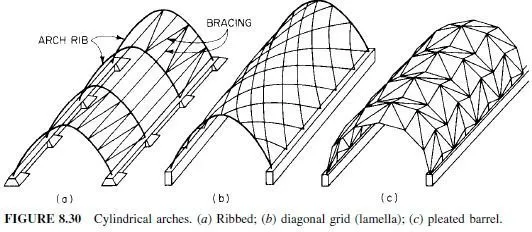The Uniform Building Code (UBC) of the International Conference of Building Officials has been the primary source of seismic design provisions for the United States. It adopts provisions based on recommendations of the Structural Engineers Association of California (SEAOC). The UBC and SEAOC define design forces and establish detailed requirements for seismic design of many structural types. Another model code is the National Earthquake Hazard Reduction Program (NEHRP) Recommended Provisions for the Development of Seismic Regulations for New Buildings, of the Building Seismic Safety Council (BSSC), Federal Emergency Management Agency (FEMA), Washington, D.C. There have historically been considerable similarities between the UBC and NEHRP recommendations, since the rationale is similar for both documents and many engineers participate in the development of both documents. However, there have also been differences in the detailed approach used by the UBC and NEHRP provisions, and in recent years efforts have been made to resolve these differences, because of the move toward an International Building Code (IBC). As a result, the 1997 edition of the UBC has much greater similarity with NEHRP than has past editions. Minimum Design Loads for Buildings and Other Structures, ASCE 7-95, American Society of Civil Engineers adopts seismic force requirements similar to those included in the NEHRP provisions.
The American Institute of Steel Construction (AISC) promulgates Seismic Design Provisions for Structural Steel Buildings. This document does not establish design forces, but it provides detailed design requirement for steel structures. The detailed seismic design provisions provided in the UBC and NEHRP provisions include most of the AISC seismic provisions, since the AISC seismic provisions are often directly inserted into the model codes or are referenced in the seismic design provisions. As a result, there is great similarity between the UBC, NEHRP, ASCE and AISC LRFD provisions. The UBC and AISC provisions are emphasized in the following, but several issues that are better understood by examining NEHRP provisions are noted.



